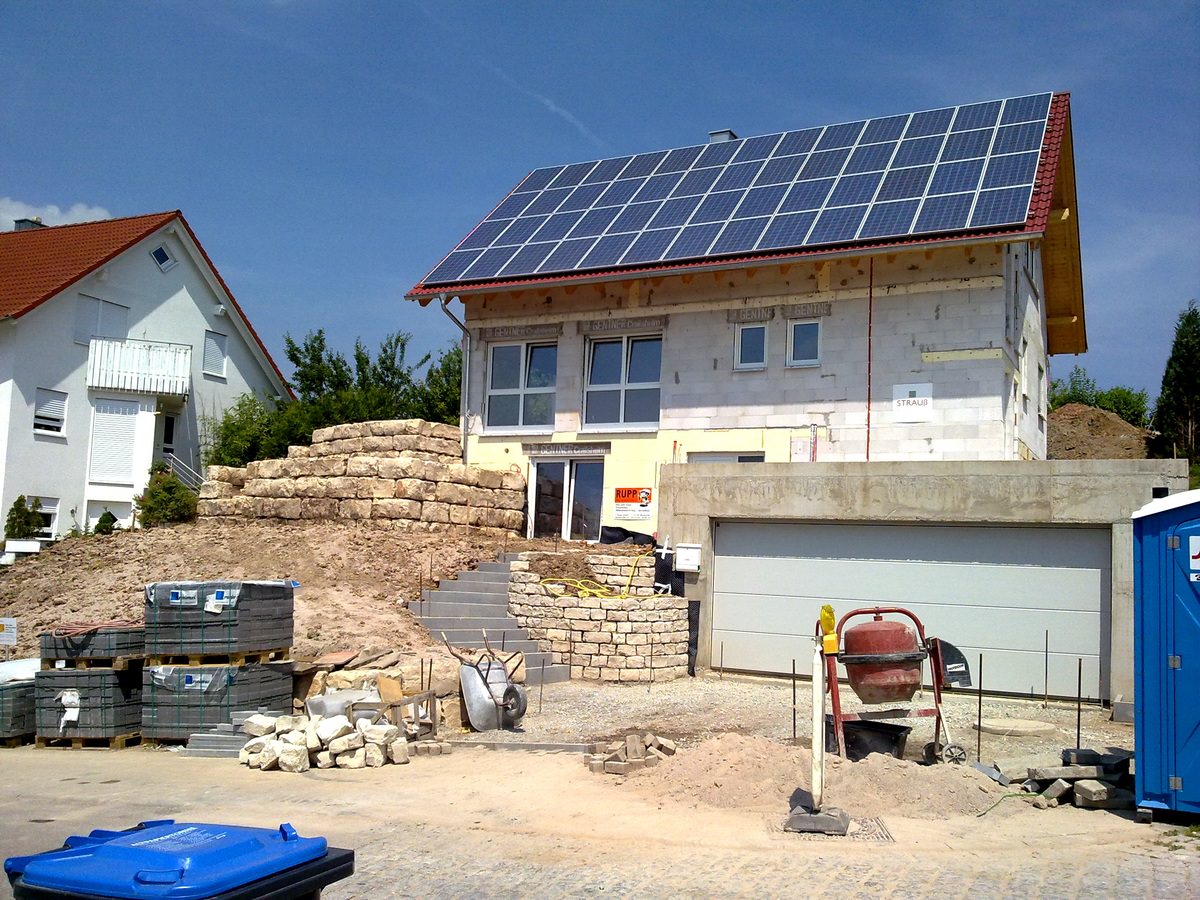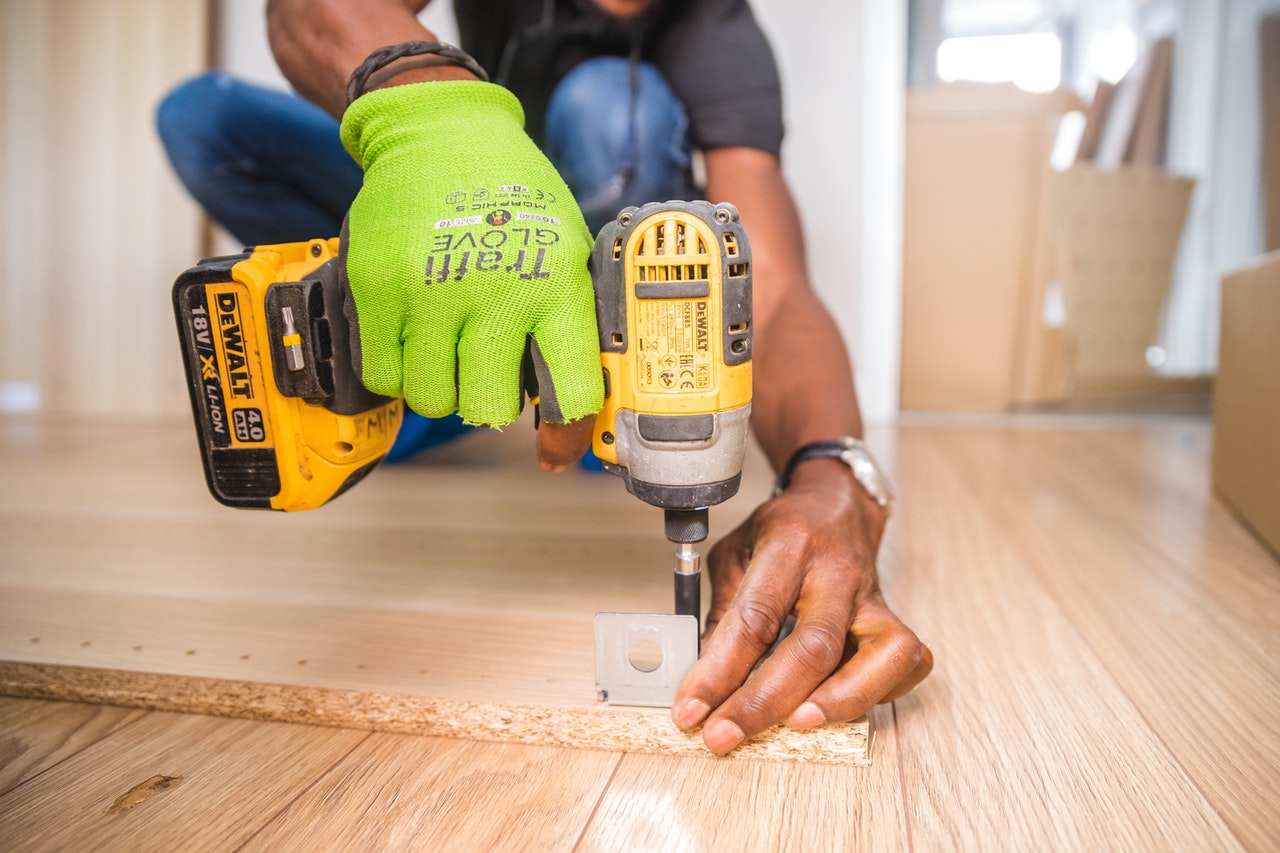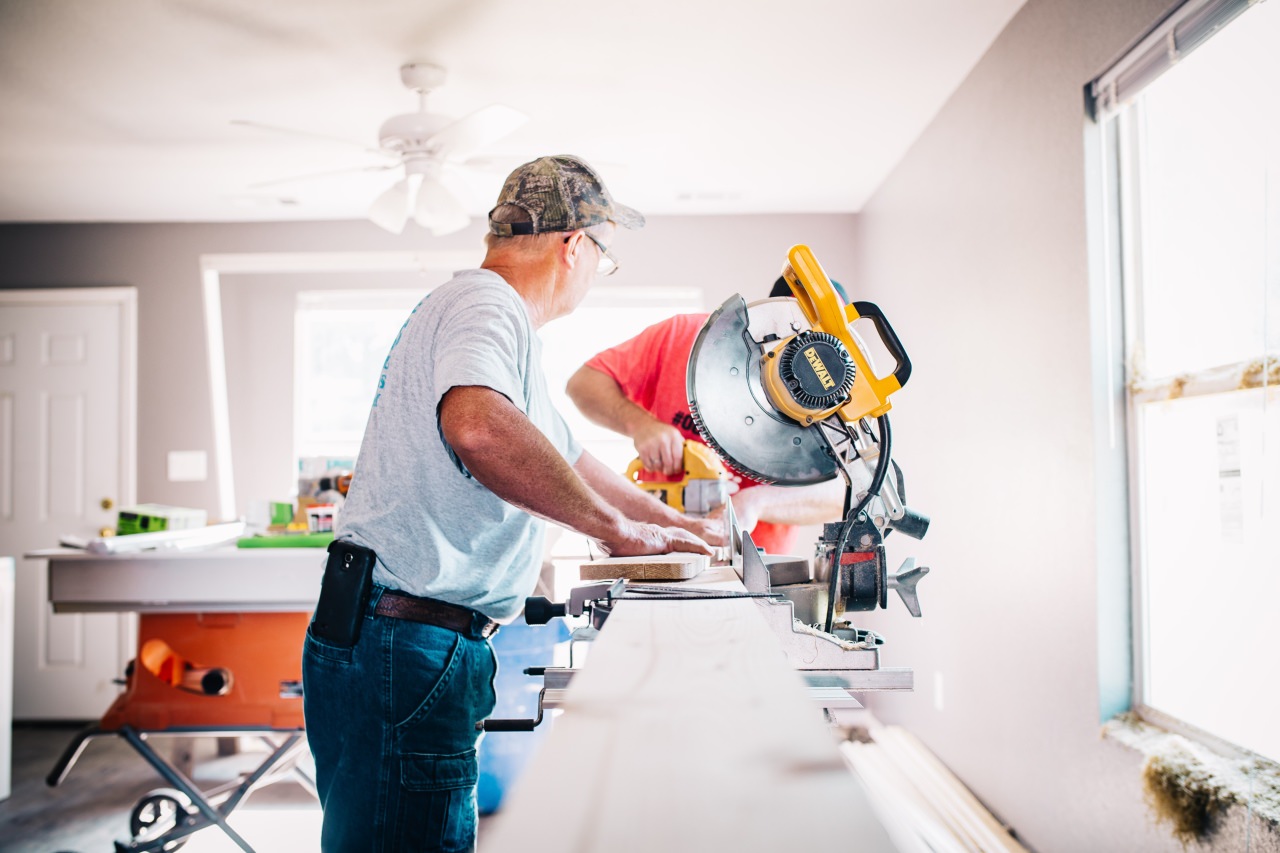How to keep dust under control during a home renovation
Contents |
[edit] Introduction
Dust is one of the prime ‘stress amplifiers’ during home renovation projects. It can travel to the farthest corners of the home, entering furniture, flooring, wardrobes, and electronic equipment.
Not only is the renovation dust bad for your health, it can spread through an entire house creating a mess that takes much more time to clean than it would to contain the work area.
This can be prevented by dust management techniques.
[edit] Fit dust containment into your budget
While it doesn’t cost much, be ready to spend $100-200 depending on the size of your project. While it’s an added cost, having your home clean once the dust settles is invaluable. You would certainly spend more than that sum for cleaning products and house cleaners at the end of the project.
[edit] The use of plastic
Before you start with demolition, it’s essential to contain the project in its own bubble as much as possible. Separate any areas you’re not working with plastic sheets, stapling them up and reinforcing the edges with tape. Depending if you’re keeping a wall or not, you may use duct tape or more wall-friendly painter’s tape. You should use at least 0.4 mm to 0.6 mm plastic, which is flexible enough to be manageable, and yet strong enough to withstand throughout the whole project. As your project progresses, make sure to check if your enclosure remains dust proof.
Protecting your floors both inside and outside the work area saves many stressful hours trying to remove the dust. Create a single entry and exit pathways to and from the project site, with a detour to the restroom, and make sure the workers are using those pathways only. When it comes to flooring types, carpets are notorious for sucking up the fine demolition dust. Even if you’ve separated the non-project areas with plastic sheets, go an extra mile and protect the carpet with a cling wrap, or simply fold it up and relocate it.
[edit] Consider moving out
If you’re planning to renovate your entire home, you may need to relocate for a few months. Even if you’re just remodelling one floor, you will need to store the furniture, appliances and other belongings somewhere else. You can hire a moving company or you can rent out a truck and relocate things yourself.
[edit] Do the demolition in stages
If the remodelling project requires a lot of demolition, first tackle the areas away from the rest of the house, and then move towards the separating wall. The key is to keep the barrier between the rooms intact as longer as possible. Before the last wall goes down, erect a temporary plastic wall using a simple wooden frame and some thick sheet plastic. This wall will be your main barrier protecting the rest of the house until the work is done.
[edit] Cut and sand outside
Unfortunately, home renovation dust doesn’t stop after the demolition stage. Not many things generate more dust than cutting and sanding drywall boards. While fitting drywall may be one of the last stages in a home remodelling, it’s easy to overlook how much dust it can create. If possible, do as much of the drywall cutting and sanding outside and only bring in the finished pieces.
[edit] Plan for single entry and exit point
Even if you separate the work from non-work areas, the project crew must enter and exit the area somehow. Limit this foot traffic to one doorway only and lock and seal all the remaining access points. Remove the door from its hinges and install a dust containment door kit with a zipper, which should be closed at all times except when the crew is entering or leaving the area.
While no solution is 100% dust-proof, combined they can keep the bulk of the dust in the project area, making the final clean-up much more manageable.
See also: Construction dust.
[edit] Related articles on Designing Buildings Wiki
- Air quality.
- Asbestos.
- BREEAM Monitoring of Construction Site Impacts.
- Construction dust.
- Construction health risks.
- Demolition.
- Dust control systems.
- Filtering facepieces.
- Nuisance in construction.
- Personal protective equipment.
- Quiet period.
- Sanding.
- The dust control systems market.
- TSI Environmental dust monitoring system.
- What hours are construction sites allowed to operate?
Featured articles and news
RTPI leader to become new CIOB Chief Executive Officer
Dr Victoria Hills MRTPI, FICE to take over after Caroline Gumble’s departure.
Social and affordable housing, a long term plan for delivery
The “Delivering a Decade of Renewal for Social and Affordable Housing” strategy sets out future path.
A change to adoptive architecture
Effects of global weather warming on architectural detailing, material choice and human interaction.
The proposed publicly owned and backed subsidiary of Homes England, to facilitate new homes.
How big is the problem and what can we do to mitigate the effects?
Overheating guidance and tools for building designers
A number of cool guides to help with the heat.
The UK's Modern Industrial Strategy: A 10 year plan
Previous consultation criticism, current key elements and general support with some persisting reservations.
Building Safety Regulator reforms
New roles, new staff and a new fast track service pave the way for a single construction regulator.
Architectural Technologist CPDs and Communications
CIAT CPD… and how you can do it!
Cooling centres and cool spaces
Managing extreme heat in cities by directing the public to places for heat stress relief and water sources.
Winter gardens: A brief history and warm variations
Extending the season with glass in different forms and terms.
Restoring Great Yarmouth's Winter Gardens
Transforming one of the least sustainable constructions imaginable.
Construction Skills Mission Board launch sector drive
Newly formed government and industry collaboration set strategy for recruiting an additional 100,000 construction workers a year.
New Architects Code comes into effect in September 2025
ARB Architects Code of Conduct and Practice available with ongoing consultation regarding guidance.
Welsh Skills Body (Medr) launches ambitious plan
The new skills body brings together funding and regulation of tertiary education and research for the devolved nation.
Paul Gandy FCIOB announced as next CIOB President
Former Tilbury Douglas CEO takes helm.
UK Infrastructure: A 10 Year Strategy. In brief with reactions
With the National Infrastructure and Service Transformation Authority (NISTA).

























